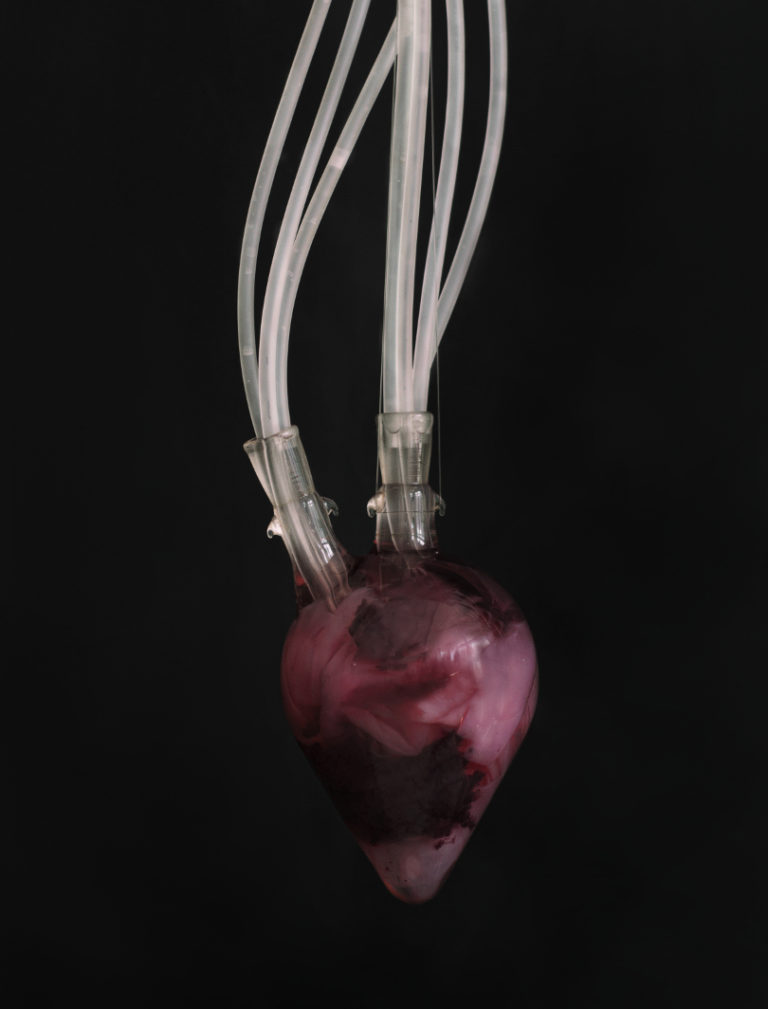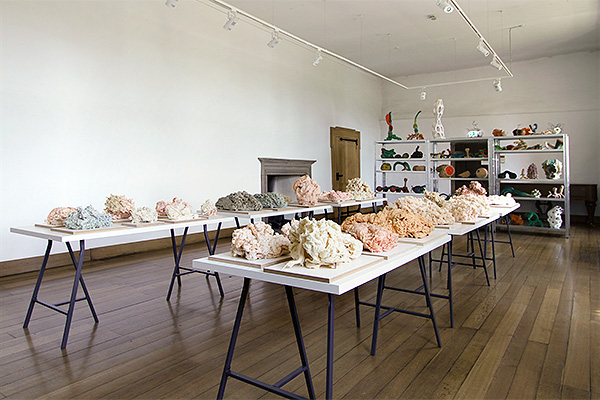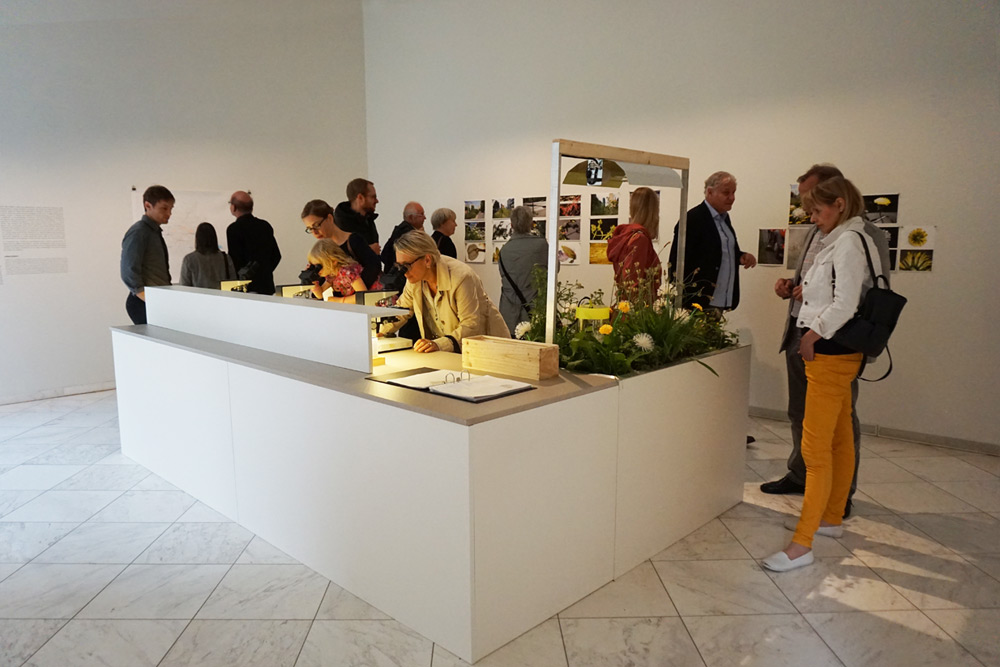A Ritual for Floral, Cybernetic and Neuronal Intelligences
A live audiovisual performance that builds a temporary direct interspecies communication bridge between beings from the plantae, cybernetic and human kingdoms. By embedding a cybernetic Machine Intelligence to mediate the biosensory readings of a succulenta plant via the Pulsum Plantae circuit developed by Interspecifics and the artist’s own neuronal EEG readings; this ritual will speculate on a world where the distinction between natural and artificial intelligences are blurred.
ℌEXOℜℭℑSMOS (born Moisés Horta Valenzuela)
(México/USA, 1988) is an electronic musician, composer and sound artist currently based in Berlin. Taking inspiration from the binational socio-cultural context of growing up in borderland Tijuana (MX/USA) and being part of a generation exposed to the consumption of information via the Internet, his work deals with the ways in which the mind is continuously transformed by the flow between the virtual/physical dichotomy. His sound works and compositions are also characterized by exploring the aesthetic tensions arising from the juxtaposition of opposing concepts such as cultural tradition and global hypermodernity, dystopia and utopia, low resolution and high definition confronted from a critical post-colonial historical context and crafted using new technologies for electronic music and arts, both software and hardware.
http://moiseshorta.audio





